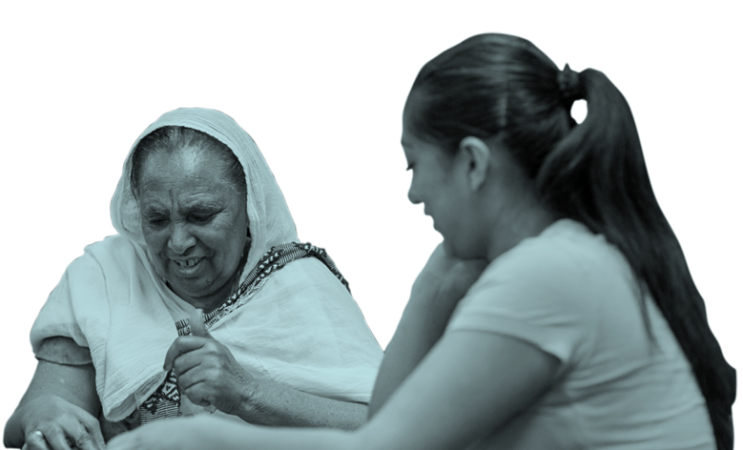Literacy Activities for Sports and Math
By Esther Okelola, Summer Reads VISTA
About Summer Reads
This children’s literacy tutor resource was created by Summer Reads VISTA members. Summer Reads is an AmeriCorps VISTA national service program of Literacy Minnesota. For eight weeks over the summer, Summer Reads VISTA members volunteer full-time as children’s/youth literacy mentors in schools, libraries and out-of-school-time programs across Minnesota. They bring literacy to life for low-income students through a variety of activities – one-on-one tutoring, creative enrichment activities like using arts and drama to explore language or practicing vocabulary and comprehension in science and other subjects. They also connect students and parents/caregivers to community resources through wraparound basic needs support. At the same time, the VISTA members build their own leadership, explore career paths, pay for college and become lifelong advocates for the communities they serve due to the power of their experience. www.literacymn.org/summerreads
Sports
Where to find activities
- PE Central: This website focuses on taking Physical Education into varying school disciplines/subjects such as reading and writing, as well as other subjects.
- Scholastic-Sports Themed Learning: This website provides activities and lesson plans that can be incorporated into Sports education through different subjects.
Example activities
- Word Out: Grades 2-4 activity where students select a slip of paper identifying and activity or movement they should do. The goal of the game is to get as many words in the bucket as possible.
- Find the Rhyme: Grades K-2 activity for students to practice rhyming words. This activity is set up in the gym and the goal is to get students to do a locomotor skill while searching for the rhyming words on the cones.
Math
Where to find activities
- Read.Write.Think: This website has many different activities, one being using literacy in math education for grades K-6.
Example activities
- Solving the Math Curse: This is a grade 3-5 activity that focuses on reading math word problems and then presenting it to their peers. As well as writing their own word problems and presenting it to each other.
Lesson Plan Template: This lesson plan template is useful for creating lesson plans and activity ideas in sports and math education in relation to literacy.
Article: Reading in the Mathematics Classroom looks at ways to incorporate literacy activities and steps into the math lesson. This article looks at different models in which this can be done.
Example: Strategic Reading
- Preview (Title & Pictures)
- Read through, paraphrasing
- Application
Research: Literacy in Math
This article, Making mathematics meaningful in multicultural contexts, aims to present teaching math in a culturally relevant lens. This meaning that in order to engage students in math learning, the way the subject matter is presented, must relate to their day to day lives and the things they see and experience in their surroundings. This then allows students to mentally move from “what they know to what they do not know”, therefore connecting their experiences to math concepts.
In 10 ways literacy can promote a deeper understanding of math, it presents a list of 10 activities and ideas to use in the classroom when teaching math. Some of these ideas are, teaching students how to take notes (key concepts, formulas, and steps for solving problems). Also, using exit slips, where at the end of the lesson, students write down the answer to specific concepts or ideas they should have a good grasp of by the end of the class.
Research: Literacy in Sports
Fit Lit: How Movement Impacts Learning: In this video, it expresses ways in which sports and language arts can exist close to each other or at the same time. Such as doing aerobics exercise before doing a language arts task and alternating, and how this helps with information retention and comprehension.
This article, After the Cheering Stops, looks into the sports glorification culture we often see in the U.S. and how this affects K-12 sports players. The narrative of this article is that we as teachers and educators need to take a closer look at how we develop our sport stars on the field and in the classroom for academic success.

